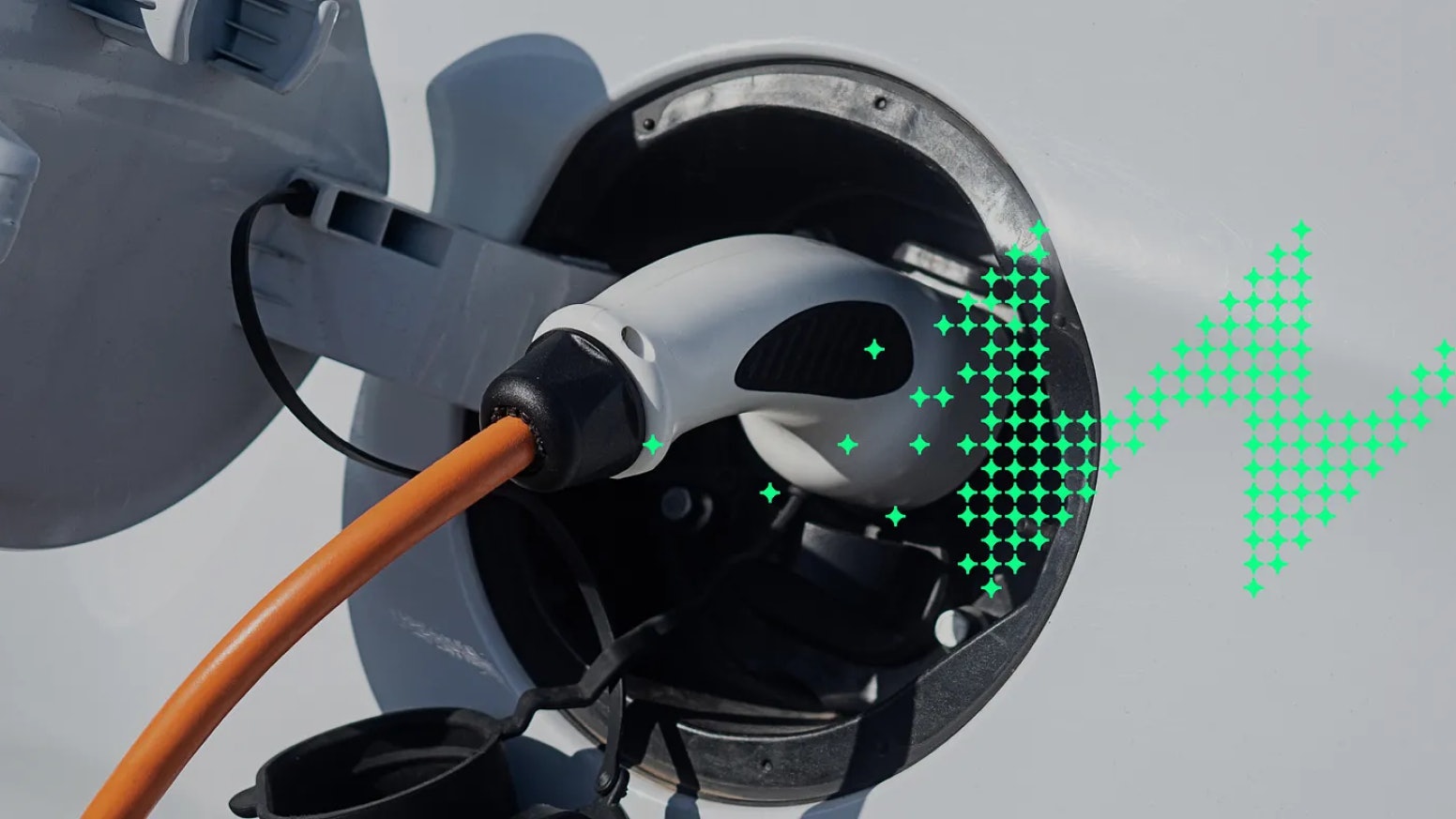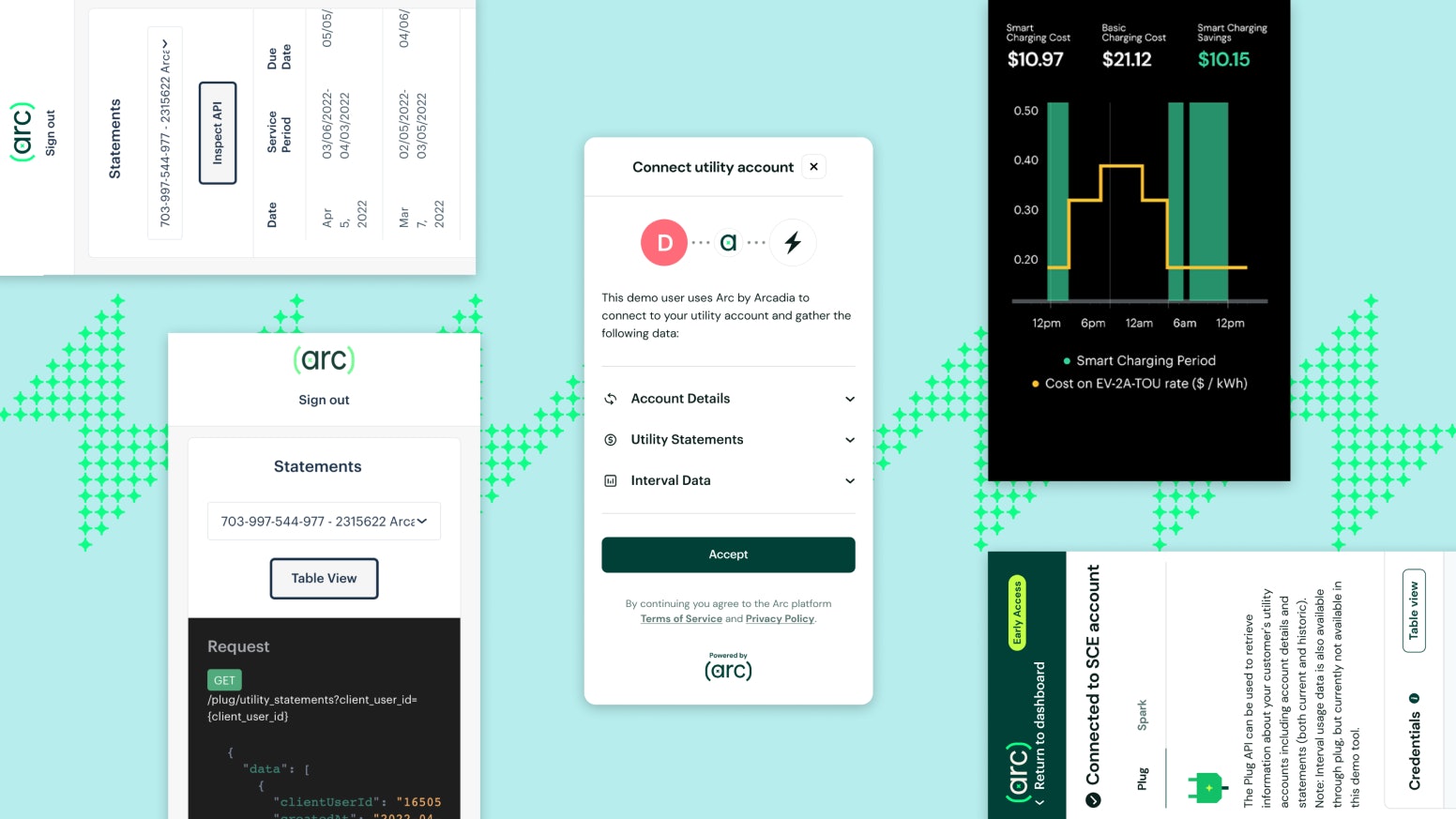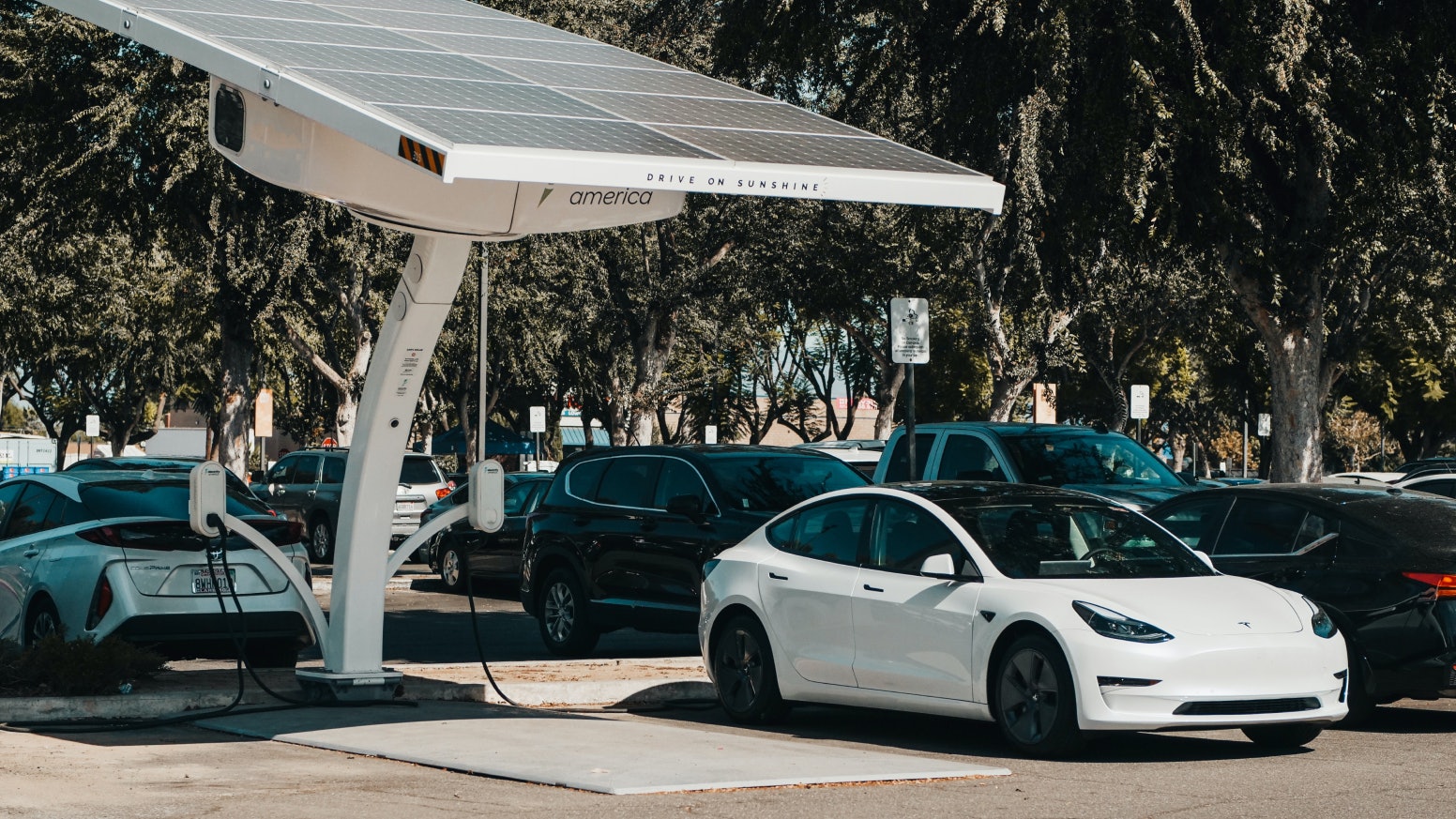Three challenges facing companies in the new energy economy

To truly understand what’s changing in the “new energy economy,” it’s important to understand what energy has been. Historically, energy generation was centralized. Power plants generated electricity and sent it to cities, suburbs, and rural areas. Demand followed predictable patterns throughout the day.
Now, however, generation is increasingly decentralized with the growth of distributed energy resources (DERs). There is increased demand for grid flexibility to support renewable generation and anomalous grid conditions from extreme weather events. DER companies want to be incorporated in the grid to unlock new revenue, while grid operators are trying to accommodate higher penetration of DERs and the grid management challenges — and opportunities — they bring. At the same time, electricity demand is rising with increased electrification of applications formerly dominated by fossil fuels.
The idea behind the new energy economy, then, is the transition of power (literally and metaphorically) from these centrally located power generators to end nodes, where there can be both generation and consumption. The whole system is becoming more flexible and more complex. And the central question of this new system is: how do we increase electrification but ensure that the grid stays reliable and affordable through the transition?
Energy innovators are jumping in to help solve that question, especially through participation in demand response programs. But they face a number of challenges. I spoke with two — Leap, a software platform that enables smart device companies to participate in energy markets, and ecobee, a smart thermostat OEM — about three main challenges they’re taking on and how they’re thinking about solutions.

Challenge 1: Scalability
Participating in demand response and other grid services programs means that new energy companies have to track and enroll customers in programs on an individual basis. Considering that there are more than 2,000 utilities in the US, that poses big scalability challenges. As Jason Michaels, Chief Commercial Officer at Leap, explains, “It’s challenging for DER providers to access and keep up with changes in multiple programs within a single utility territory, let alone multiple programs across utilities and ISOs. Many DER providers are looking for simple ways to capture the full value stack and scale it across their business.”
Leap’s software aims to solve that challenge for the DER partners who integrate with its platform. Leap tracks rapid changes in the market and integrates them in its platform so its partners can stay current without tracking changes themselves or rolling out new firmware or software updates. The platform approach has already proven its benefit in California this year. “We’ve made four new grid reliability programs available to our partners through a single platform, even though several of those programs weren’t even announced by regulators until this spring,” says Michaels. “Our Partner Success team members help our partners understand which programs are most suitable and capture the full value stack available to them.”
As a thermostat OEM, ecobee’s goal is to provide energy-saving solutions to end customers while also helping energy service providers scale the impact of their energy programs. Through the introduction of eco+, a suite of smart features that enhance energy efficiency, time of use (TOU) optimization, and demand response capabilities, ecobee has been able to help utilities scale energy program participation and impact. Through targeted in-app recruitment and a mobile enrollment experience, eco+ helps utility companies drive customer engagement in demand response programs and automate energy efficiency through TOU optimization.
Challenge #2: Data access
Access to comprehensive energy data is a key component of new energy solutions. It’s a requirement for participation in many grid programs; Leap notes that lack of smart meter data has left a number of DER providers on the sidelines of grid programs. But access to data is also necessary to personalize energy solutions. In addition to working with demand response programs, new energy solutions can be optimized based on an individual’s energy consumption, location, and electricity rate.
But that requires access to their utility data. And, similar to the challenge of tracking demand response programs, that means integrating with individual utility providers. Each utility has its own processes, requirements, and APIs, which, once again, presents big scalability challenges.
Leap has integrated directly with utilities in some markets, but they also partner with solutions like Arcadia’s Arc API platform to access data at scale. Partnering for data access “has helped Leap expand into new markets more quickly and focus our engineering and operations on market participation and offering a streamlined onboarding process for our partners,” Michaels says.
Challenge #3: Customer communication without complication
Energy innovators need to educate their end users about flexible load solutions and effectively position opportunities to participate in demand response programs. For ecobee, that comes down to user experience. The company leverages its app to improve customer communication and awareness of demand response programs. They also ensure a seamless experience for customers enrolling in their programs. “High-friction enrollment and authorization processes create significant drop-off for residential customers and reduce the visibility of flexible load solutions,” Chris Carradine, Executive Vice President at ecobee Energy, explains. The company is constantly striving to further enhance customers’ enrollment and participation experience. “We work closely with our energy partners to ensure their demand response programs are compatible with, and available in, ecobee’s mobile app,” says Carradine. “This allows customers to find and enroll in demand response programs directly through the ecobee app simply by inputting their address and selecting their utility provider.”
At the same time, energy innovators don’t want to make end customers think about electrification or demand response programs any more than absolutely necessary. The goal should be optimization through automation so that customers don’t have to think about their energy; they can just know that they’re getting optimized efficiency and savings. OhmConnect provides a good example of letting automation lead the way in energy innovation. OhmConnect began by texting end users during a demand response event, asking people to manually reduce their energy usage by doing something like unplugging their refrigerators. But then they began integrating with smart plugs and sending signals directly to end users’ smart plugs, cutting out the need for manual action — and therefore reducing barriers for participation.
Arcadia is helping energy innovators address all of these challenges. Our Arc API platform handles the work of integrating with utility companies so that your team can focus on building great customer experiences. To learn more about how Arc tools can support your business, contact our Enterprise Solutions team to learn more at arcsales@arcadia.com.
Join our newsletter
Stay updated with our latest insights, industry trends, and expert tips delivered straight to your inbox

